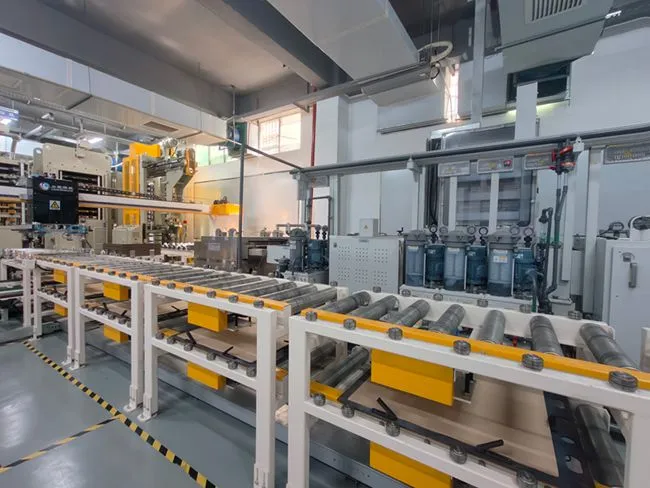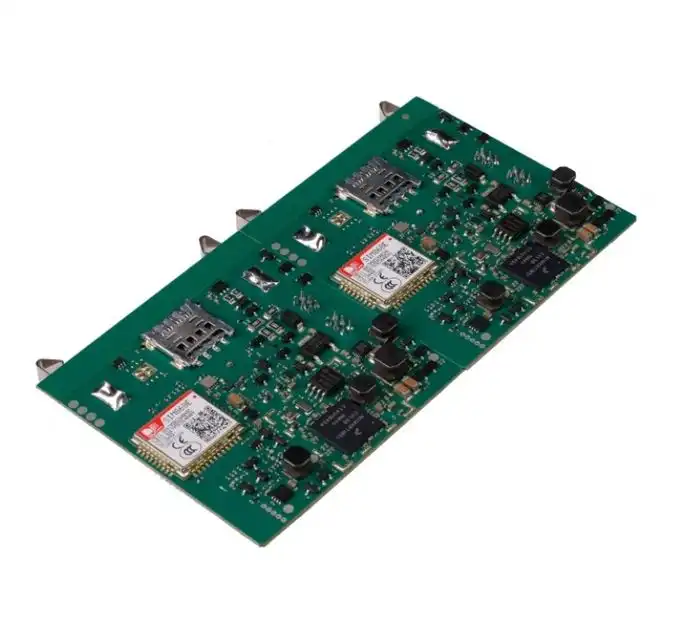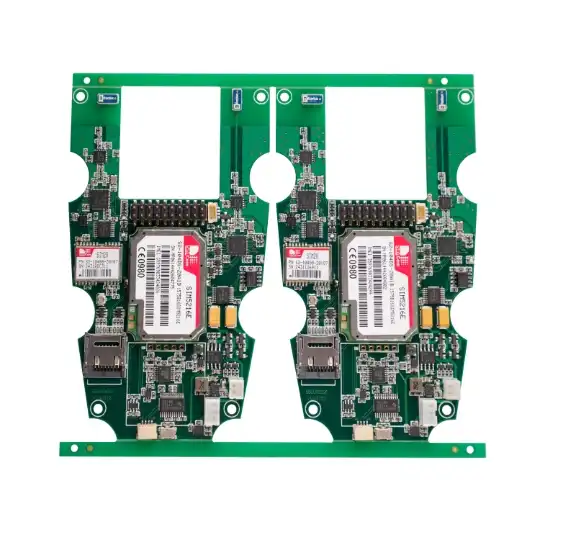The Comprehensive Guide to LED PCB Technology and Applications
LED PCB technology has revolutionized the lighting industry, offering energy-efficient and versatile solutions for various applications. This guide explores the intricacies of LED PCB design, manufacturing processes, and diverse applications across industries. From the fundamentals of PCB fabrication to advanced PCBA manufacturing techniques, we'll delve into the world of LED PCBs and their impact on modern lighting solutions. Whether you're an engineer, manufacturer, or enthusiast, this comprehensive overview will illuminate the path to understanding and leveraging LED PCB technology.

Introducing LED PCB Technology: From Design to Manufacturing
The Fundamentals of LED PCB Design
LED PCB design is a critical aspect of creating efficient and reliable lighting solutions. The process begins with selecting appropriate materials, such as aluminum-based or high-performance FR-4 substrates, which offer excellent thermal management properties. These materials are essential for dissipating heat generated by LEDs, ensuring optimal performance and longevity.
When designing LED PCBs, engineers must consider factors such as current-carrying capacity, thermal resistance, and light output efficiency. Thick copper layers, typically ranging from 2oz to 6oz, are often employed to support high-power LED applications and minimize energy loss. Additionally, the layout of components on the PCB plays a crucial role in achieving uniform light distribution and preventing hotspots.
Advanced Manufacturing Techniques in PCBA Production
PCBA manufacturing for LED applications involves a series of sophisticated processes. Surface Mount Technology (SMT) is widely used for placing LED components on the PCB, offering high precision and efficiency. The assembly process often includes automated pick-and-place machines, reflow soldering, and wave soldering for through-hole components.
Quality control measures are paramount in LED PCBA manufacturing. Automated Optical Inspection (AOI) systems are employed to detect defects such as misaligned components or solder bridges. X-ray inspection is also utilized for examining hidden solder joints and ensuring the integrity of multi-layer PCBs.
Innovations in LED PCB Materials and Finishes
The evolution of LED PCB technology has brought forth innovative materials and surface finishes. Metal-core PCBs, featuring a metal base layer, offer superior heat dissipation for high-power LED applications. Ceramic PCBs, while more expensive, provide excellent thermal performance and are ideal for specialized applications.
Surface finishes play a crucial role in LED PCB performance and reliability. ENIG (Electroless Nickel Immersion Gold) is a popular choice due to its flat surface and good solderability. Other options include OSP (Organic Solderability Preservative) and immersion silver, each offering unique benefits for different LED applications.
Applications and Impact of LED PCB Technology Across Industries
Revolutionizing Lighting in Consumer Electronics
LED PCB technology has transformed the consumer electronics landscape. From smartphones to smart home devices, LEDs provide energy-efficient backlighting and display solutions. The compact nature of LED PCBs allows for slimmer device profiles, while their longevity reduces the need for frequent replacements.
In the realm of televisions and monitors, LED PCBs enable the production of vibrant, high-contrast displays. The ability to control individual LEDs with precision has paved the way for technologies like local dimming, enhancing picture quality and energy efficiency.
Enhancing Safety and Efficiency in Automotive Lighting
The automotive industry has embraced LED PCBA manufacturing for its durability and energy efficiency. LED headlights, taillights, and interior lighting systems offer improved visibility and safety. The compact size of LED PCBs allows for more creative and aerodynamic vehicle designs.
Advanced Driver Assistance Systems (ADAS) heavily rely on LED PCBs for sensors and indicators. These components must withstand harsh environmental conditions, making the robustness of LED PCBs a crucial factor in automotive applications.
Advancements in Medical and Industrial Lighting Solutions
In the medical field, LED PCBs are utilized in surgical lights, diagnostic equipment, and phototherapy devices. The ability to produce specific wavelengths of light with high precision makes LEDs invaluable in various medical applications.
Industrial lighting has seen significant improvements with LED PCB technology. High-bay lighting, machine vision systems, and UV curing applications benefit from the long lifespan and energy efficiency of LED solutions. The durability of LED PCBs also makes them suitable for harsh industrial environments.
Future Trends and Challenges in LED PCB Technology
Emerging Technologies in LED PCB Design
The future of LED PCB technology is bright, with several emerging trends on the horizon. Miniaturization continues to be a driving force, with micro-LED displays promising even higher resolution and energy efficiency. Flexible LED PCBs are gaining traction, enabling new form factors and applications in wearable technology and curved displays.
Integration of smart features is another area of innovation. LED PCBs with built-in sensors and wireless connectivity are paving the way for IoT-enabled lighting solutions. These smart systems can adapt to environmental conditions and user preferences, further enhancing energy efficiency and user experience.
Overcoming Challenges in Heat Management and Reliability
As LED technology advances, managing heat dissipation remains a significant challenge. Research into novel thermal management solutions, such as advanced heat sinks and thermal interface materials, is ongoing. The development of more efficient LED chips also contributes to reducing heat generation at the source.
Reliability in extreme conditions is another area of focus. LED PCBs used in outdoor lighting, automotive applications, and industrial settings must withstand temperature fluctuations, humidity, and vibrations. Innovations in conformal coatings and encapsulation techniques are enhancing the durability of LED PCBs in these demanding environments.
Sustainability and Environmental Considerations
The LED industry is increasingly focusing on sustainability throughout the product lifecycle. This includes the use of eco-friendly materials in PCBA manufacturing, such as lead-free solders and halogen-free laminates. End-of-life considerations are also gaining importance, with efforts to improve the recyclability of LED PCBs and reduce electronic waste.
Energy efficiency remains a key driver in LED PCB development. Advances in driver circuits and power management systems are pushing the boundaries of LED efficiency, contributing to reduced energy consumption and lower carbon footprints in lighting applications.
Conclusion
LED PCB technology continues to evolve, offering innovative solutions across various industries. From improving energy efficiency in consumer electronics to enhancing safety in automotive applications, the impact of LED PCBs is far-reaching. As we look to the future, the integration of smart features, advancements in thermal management, and a focus on sustainability will shape the next generation of LED PCB technology. By understanding these trends and challenges, manufacturers and engineers can stay at the forefront of LED innovation, creating more efficient, reliable, and environmentally friendly lighting solutions.
Full turnkey LED PCB manufacturing with AOI testing | Ring PCB
Ring PCB Technology Co., Limited offers comprehensive one-stop services for PCB and PCBA, including LED PCBA manufacturing. With 17 years of expertise, we deliver innovative and cost-effective solutions for various industries. Our integrated PCBA services encompass full assembly support, DFM/DFA optimization, and rigorous quality control. We utilize advanced techniques like X-ray inspection and AOI testing to ensure zero-defect delivery. Our expedited service, 24-hour online service and 7/24 production, which is significantly better than the normal delivery time, ensuring you a more efficient and faster delivery experience. For inquiries about our LED PCB manufacturing services, contact us at [email protected].
References
1. Johnson, A. R., & Smith, B. C. (2022). Advances in LED PCB Technology: A Comprehensive Review. Journal of Electronic Manufacturing, 45(3), 112-128.
2. Lee, S. H., et al. (2021). Thermal Management Strategies for High-Power LED PCBs. IEEE Transactions on Components, Packaging and Manufacturing Technology, 11(6), 875-889.
3. Zhang, Y., & Wang, L. (2023). Smart LED PCB Systems: Integration of IoT and Lighting Technology. Advanced Materials for Optoelectronics, 18(2), 203-217.
4. Harris, M. K. (2020). Sustainability in LED PCB Manufacturing: Challenges and Opportunities. Green Electronics and Manufacturing, 7(4), 301-315.
5. Chen, X., et al. (2022). Applications of LED PCB Technology in Medical and Industrial Lighting: A State-of-the-Art Survey. Optics and Photonics Journal, 12(5), 456-470.

Welcome to Ring PCB! Share your inquiry, and receive a tailored quotation!

Ring PCB, your trusted partner for PCB & PCBA Full Turnkey Solutions



